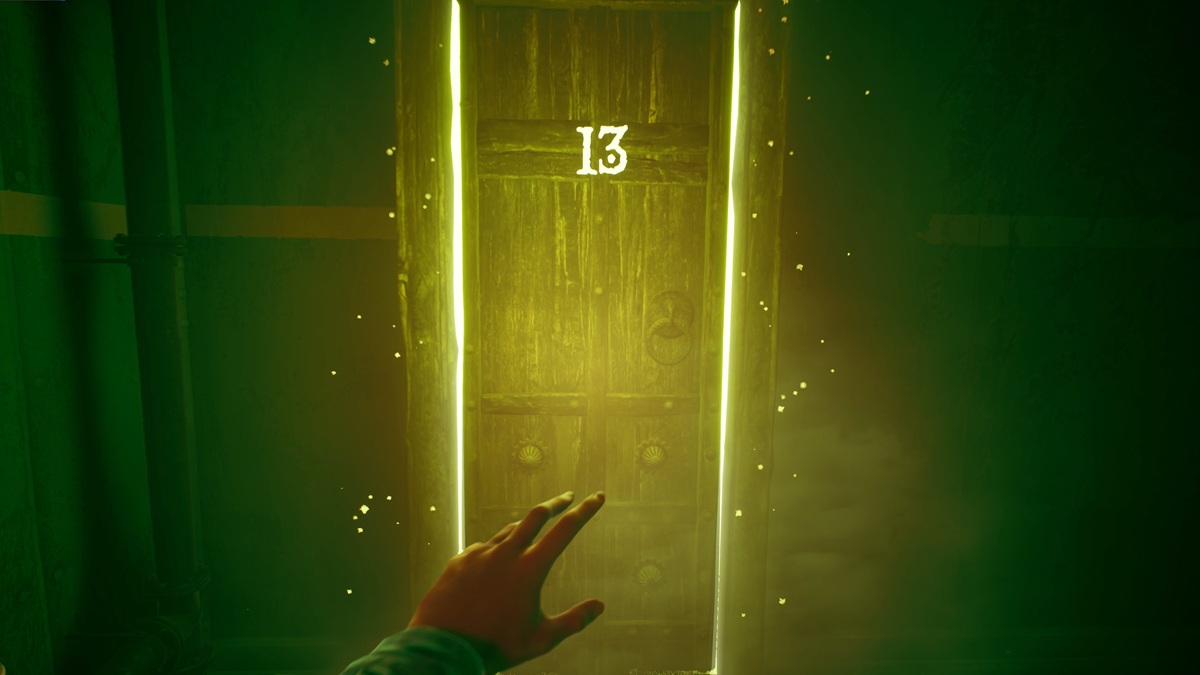ProbablyMonsters, an independent video game company headed by former Bungie leader Harold Ryan, announced the fall releases of its first two titles.
The games are Storm Lancers, a rogue-like game coming to Nintendo Switch, and Ire: A Prologue, a psychological horror experience arriving on Steam and Epic Games Store. Storm Lancers does not have a launch date, while Ire: A Prologue is coming out on October 28.

Unlock premium content and VIP community perks with GB M A X!
Join now to enjoy our free and premium membership perks.
![]()

![]()